Early Verdict
If you’d like more connectivity and flexibility than something like the Garmin Explore 2 without stepping up to a $400/£400 price point, the all-new super-intuitive Sigma Rox 12.1 Evo is well worth a look. Unless fixed by future updates, don’t rely on it yet for creating off-road routes just yet.
Pros
- +
Super intuitive to use
- +
Great phone companion app
- +
Good road routing
- +
Decent price
- +
Plays nicely with Strava and Komoot and training apps
- +
Inbuilt search for cafes etc
Cons
- -
Poor at creating off-road routes
- -
No TrailForks
- -
Battery life is ok but not amazing
- -
Points of Interest works best if you know the name of a place, else better to use Google Maps for more info
Why trust BikePerfect
Sigma's new Rox Evo 12.1 launches today and the first impressions are that it’s far more than a second-tier Garmin competitor. It’s very high quality, a big step up from the well received Rox 12.0 Sport, and carries a lot of bang for its buck. It’s well up there with the best GPS units for cycling.
Its standout features include welcome zoom buttons alongside the touchscreen; really good phone integration with a lovely app for setup and quick route transfer; and clear mapping with some very nice on-the-fly features. Compared with the 12.0, it’s a much smaller unit for the same screen size, it’s got way more compatibility with other devices, and the all new phone app is a game changer.
After our first few days of testing, the Rox 12.1 Evo looks like a step up from GPSs like last year’s excellent Garmin Edge Explore 2 in terms of functionality and flexibility for not much more outlay. The only real downsides we’ve spotted so far - for UK mountain bikers at least – is that it doesn’t understand bridleways and footpaths, and it doesn’t have Trailforks integration. The bridleways thing is not uncommon and not a problem if you’re uploading your own routes, but it does limit the usefulness of its on-the-fly route calculation options.

Design and specifications
The Rox 12.1 is a mid-sized unit, with little wasted space around its 3in (7.5cm) touchscreen. It’s a centimetre shorter than the Garmin Edge Explore 2 (which has the same sized screen) and only 5mm longer than the Wahoo Element Roam, which has a smaller screen.
Like Garmin devices, it has physical on/off buttons and start/stop buttons, but it also has an extra pair that can be used for swiping through menus or zooming the map if you don’t want to use the screen.
In terms of build and connectivity, it’s impressive, and bang up to date. Multi-band GPS helps prevent navigation dropouts under trees, it’s rated for submersion for half an hour and it’s got USB-C charging. It connects to pretty much everything: the usual heart rate, cadence and power meters, your electronic shifting (and if you have Di2, the shifter buttons can control the GPS unit), smart trainers (with ANT+), your phone (for using the app and receiving notifications). It can even make your e-bike eke out its power to last the length of the route you’re on (in principle at least… our understanding is that not many e-bikes have this connectivity yet).
Battery life seems okay for a touch screen, but not amazing, at 10 hours for intensive use (navigation, training view with map, paired with phone and 4 ant+ sensors, full brightness), and 15 hours in medium use (no maps, auto brightness, 2 ant+ devices). The Wahoo Element Roam claims 17 hours and the Garmin Edge Explore 2 claims 24 hours of navigation in battery save mode.
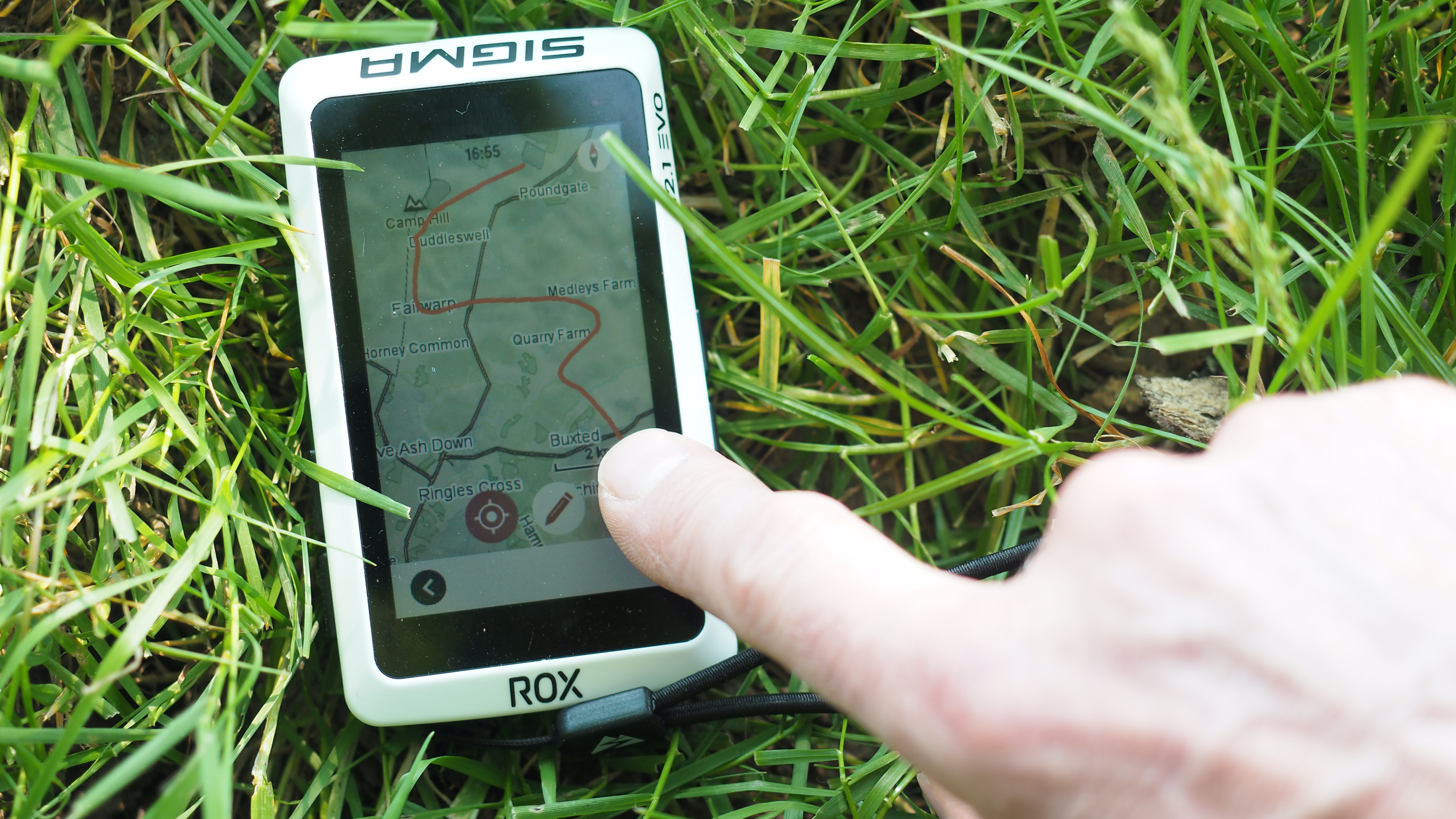
Its base map is Sigma’s own adaptation of open-source maps, and while the device will calculate routes on the fly if you want, most off-road riders would probably want to upload their own routes onto the device, either via Strava or Komoot, or by transferring a GPX file (more on this below). The on-the-fly options include point to point, return to start, and a neat tool where you draw an approximate line across the map with your finger and ask it to match it to roads and tracks – but so far we’ve found they work best for road routes.
The training and navigation screens do a clear job of showing everything from speed to elevation profiles and you can customise this as much as you want, either on the phone or on the excellent companion app. You can save different setups for different sports and make them as simple or detailed as you want. It comes with six profiles by default.
Finally, if you’re into structured training, you can import FIT files or connect directly to Training Peaks, and train by power, heart rate or speed.

Performance
The Rox 12.1 Evo has been an easy pleasure to interact with so far. I downloaded the companion phone app, set the thing up and got the swing of the main features without an instructional manual while waiting at school pickup. Transferring routes is super-easy, and in the phone app you just favorite the ones you want to send to the device, so it’s not cluttered with hundreds of old routes.
On the trail it’s similarly intuitive. The maps and the instructions are clear, the default settings are good, and even mid-ride you can change the information that’s shown on a page (eg by default the navigation screen shows time to arrival and distance to designation under the map; you can change either of those to, say, speed or altitude or heart rate just by pressing and holding it). All the main settings are a nicely organised single swipe away from any screen, too. Switching off phone alerts and auto pause, and changing the brightness to max was the work of 20 seconds, a refreshing change from the submenu hell of my last-generation Garmin Edge 530.
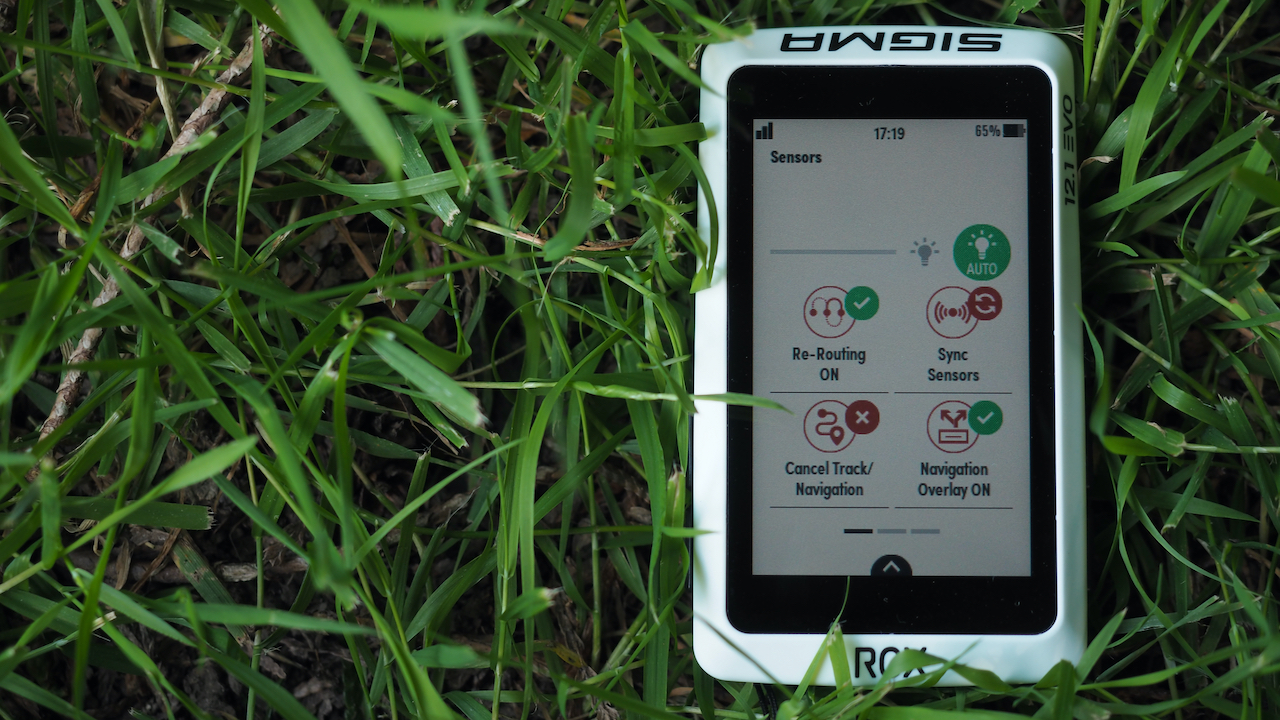
Navigation is great when you’ve uploaded your own route. Instructions are well laid out; the map is by and large very clear to read, with useful detail of water features, woods etc, and with the good-sized screen and easy zooming, it’s easy to swing between detail and bigger picture.
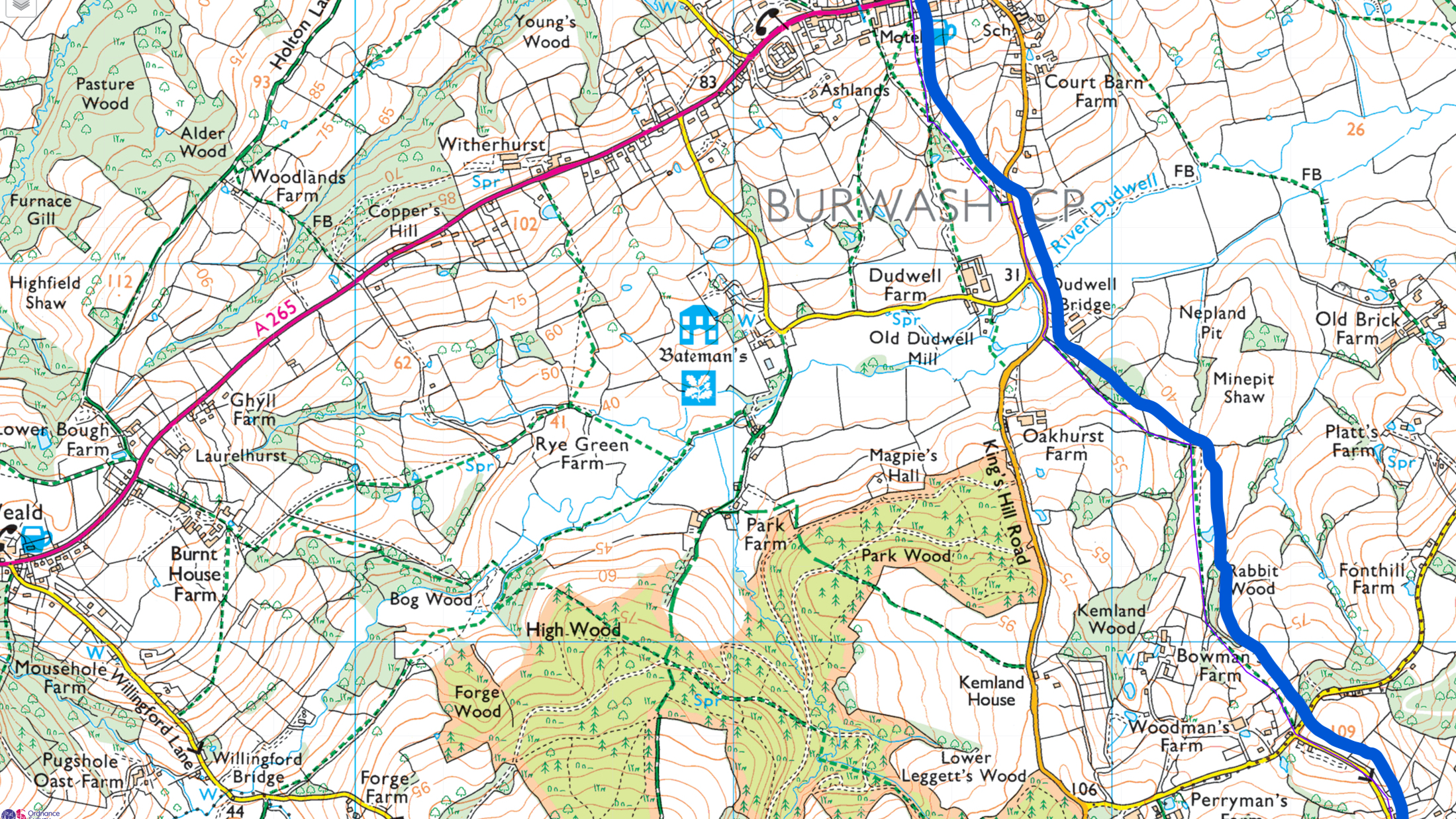
What isn’t so good is that the route planning engine doesn’t seem to recognise UK rights of way very well; particularly it seems to make no distinction between footpaths and bridleways. The on-the-fly route generation could be amazing but is currently almost unusable for UK off-road riding – from what our testing so far. When we exported one of its routes onto an OS map, we could see that it bypassed miles of bridleways in favour of roads and (illegal) footpaths (and a local park where riding is forbidden). It reminds us of the early days of Komoot’s engine. On the positive side, Komoot has improved, and Sigma’s base map seems to be an adaptation of OpenStreetMap, which largely recognises these distinctions, so we’ll ask Sigma if any upgrades are in the pipeline.
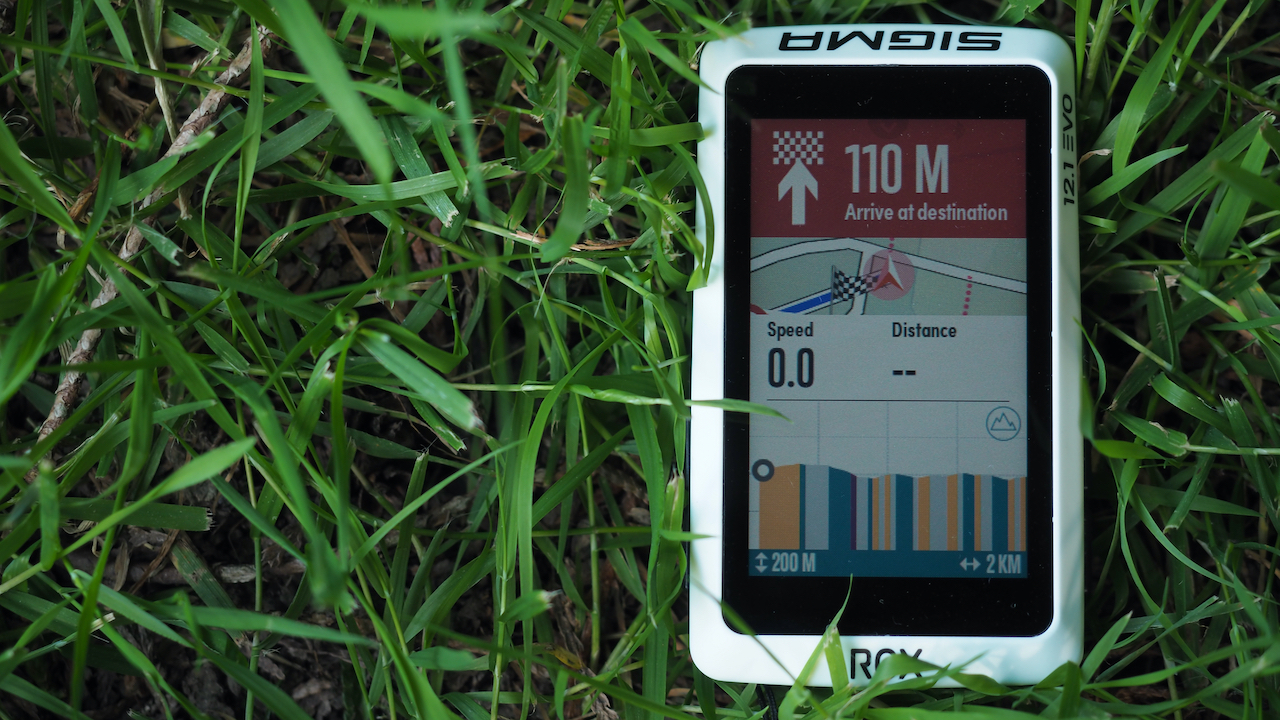
Verdict
The Rox 12.1 Evo has got a ton going for it in terms of usability, compatibility and price. It seems like an easy recommendation for road riding. For off-road riding it’s great if you’re using your own routes, but I wouldn’t rely on it just yet for its built-in route planning, in the UK at least.
Tech Specs: Sigma Rox 12.1 Evo
- Price: £379.99 / €379.99 (£469.99 / €469.99 with speed sensor, cadence sensor and heart rate strap)
- Colors: White/black, grey/black
- Weight: 110g
- Key features: Navigation with re-routing, multi-band GPS, 3in touch screen, workouts, companion app, customisable views, phone notifications, compatible with wireless shifters, smart trainers, e-bikes, power meter, heart rate monitor
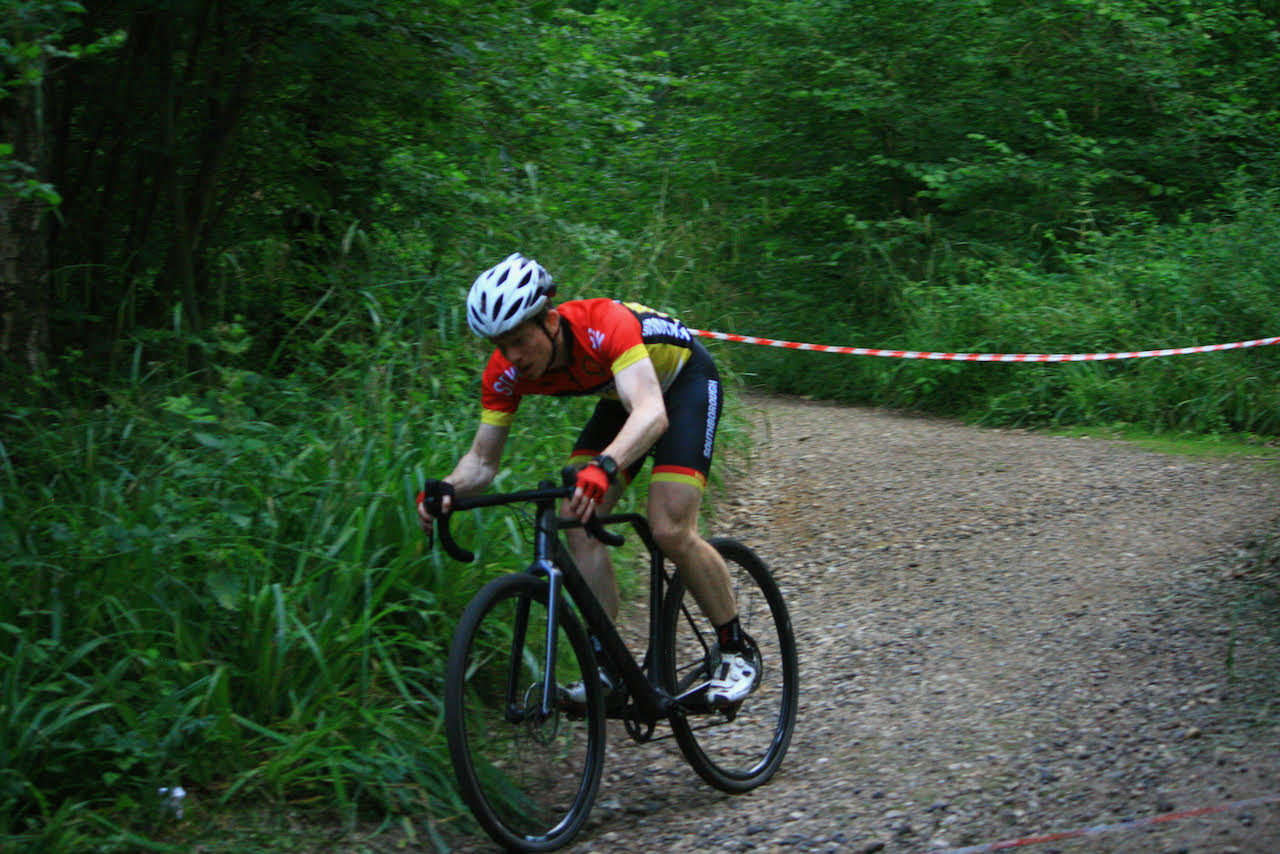
Sean has old school cycle touring in his blood, with a coast to coast USA ride and a number of month-long European tours in his very relaxed palmares. Also an enthusiastic midpack club cyclocross and XC racer, he loves his role as a junior cycle coach on the Kent/Sussex borders, and likes to squeeze in a one-day unsupported 100-miler on the South Downs Way at least once a year. Triathlon and adventure racing fit into his meandering cycling past, as does clattering around the Peak District on a rigid Stumpjumper back in the day.
Height: 173cm
Weight: 65kg
Rides: Specialized Chisel Comp; Canyon Inflite CF SLX; Canyon Aeroad; Roberts custom road bike

